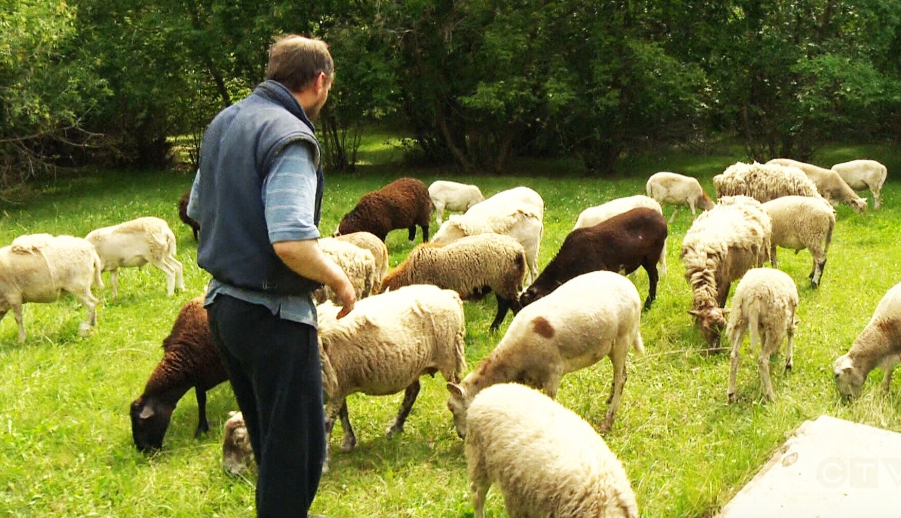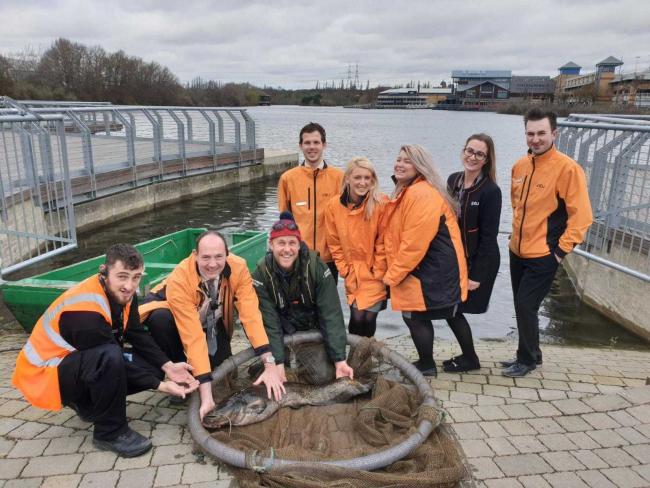Falcons are known to be good hunters and now after studying footage of the way they stalk their prey, scientists have figured out the way of the falcon.
The strategy the birds use to hunt their prey is by keeping their quarry in a fixed position to one side, rather than heading straight for their target. Researchers at Haverford College in Pennsylvania strapped tiny video cameras to the heads and backs of falcons to capture the moments before and during a falcon strike.
The falcon’s strategy is called motion camouflage. The prey has no idea a predator is moving towards them and they only discover they’re being stalked when the approaching bird increases gradually in size.
“To the crow, the falcon will look as though it’s hovering motionless, and except for this looming effect – the change in size – it won’t appear to be homing in,” said Suzanne Kane, who led the study at Haverford College in Pennsylvania.
Kane in an article from The Guardian said she worked with falconers in Britain, the US, the Netherlands and Belgium. They attached miniature cameras to eight birds, including six peregrine falcons, and two hybrids that were mixes of Saker and gyrfalcons. Gyrfalcons are the largest of the falcon species, and have adult wingspans of more than one metre.
The cameras were attached to backpacks strapped on to the birds, or to helmets with eye holes that the birds wore.
“They look like they’re wearing the kinds of helmets that fighter pilots used to wear.”
The scientists analysed video footage from falcons flying in Pennsylvania, Arizona and Wyoming in the US. The footage from the falcon in Britain was cut short after the bird was shot out of the sky by a farmer.
The striking footage gives a falcon’s-eye view as the birds select and go after crows in mid-air.
“They come in very, very fast and use their talons and the force of impact to kill the bird, or they very quickly break its neck.”
The research project arose from Kane’s interest in how birds that are preyed upon evade their predators. But before she could investigate that, she needed to understand more about the strategies predators use to catch them.
The work could inspire research on flying robots, but Kane said she hoped it might eventually lead to better ways to prevent birds from clattering into wind turbines, buildings and other manmade structures.
h/t: Journal of Experimental Biology and The Guardian
Photo credit:Robert Musters/Journal of Experimental Biology





Comments